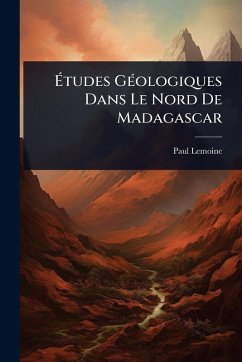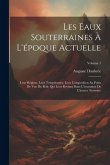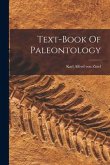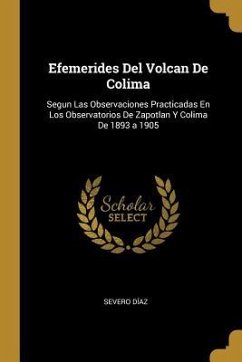Ãtudes GÃ(c)ologiques Dans Le Nord De Madagascar: Contributions à L'histoire GÃ(c)ologique De L'ocÃ(c)an Indien, by Paul Lemoine, presents a detailed geological study of northern Madagascar. Published in 1906, this work contributes significantly to the geological history of the Indian Ocean region. Lemoine's research offers valuable insights into the geological formations, structures, and evolutionary processes that have shaped Madagascar's landscape. This volume is essential for geologists, historians of science, and anyone interested in the geological history of Madagascar and the broader Indian Ocean region. It provides a historical perspective on geological research methods and early 20th-century scientific exploration. This work has been selected by scholars as being culturally important, and is part of the knowledge base of civilization as we know it. This work was reproduced from the original artifact, and remains as true to the original work as possible. Therefore, you will see the original copyright references, library stamps (as most of these works have been housed in our most important libraries around the world), and other notations in the work. This work is in the public domain in the United States of America, and possibly other nations. Within the United States, you may freely copy and distribute this work, as no entity (individual or corporate) has a copyright on the body of the work. As a reproduction of a historical artifact, this work may contain missing or blurred pages, poor pictures, errant marks, etc. Scholars believe, and we concur, that this work is important enough to be preserved, reproduced, and made generally available to the public. We appreciate your support of the preservation process, and thank you for being an important part of keeping this knowledge alive and relevant.
Bitte wählen Sie Ihr Anliegen aus.
Rechnungen
Retourenschein anfordern
Bestellstatus
Storno








